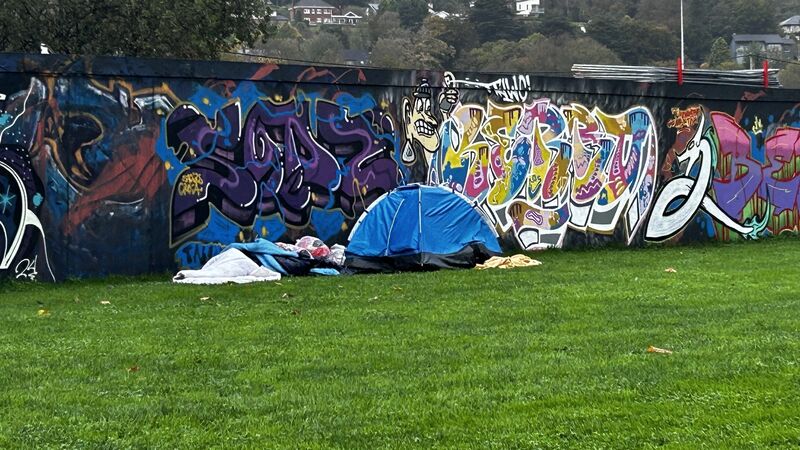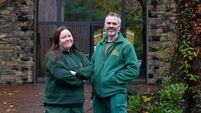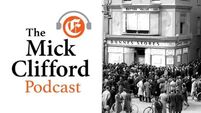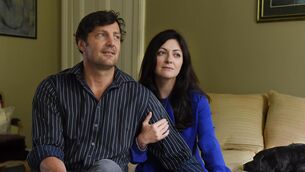Cork City isn't a 'no go' area for me, but the numbers of homeless shock me

Tents in Marina Park: 'Ireland ranks among the top five EU countries for homelessness.' Pictures: Larry Cummins
It was one of Cork’s rainy winter nights. I passed a group of homeless people in the city centre, where the cold, dampness, and pouring rain seemed to have no effect on them. They were fully engaged in conversation, occasionally interrupted by the sound of clinking bottles.
It was late and dark, and I felt a bit anxious walking by them. At the same time, I wondered about the circumstances that had led them to find solace in puddles and alcohol.















